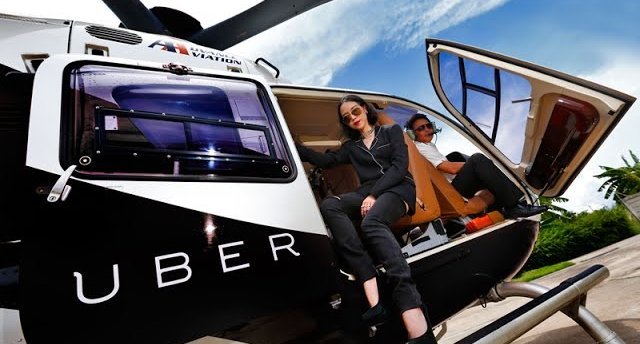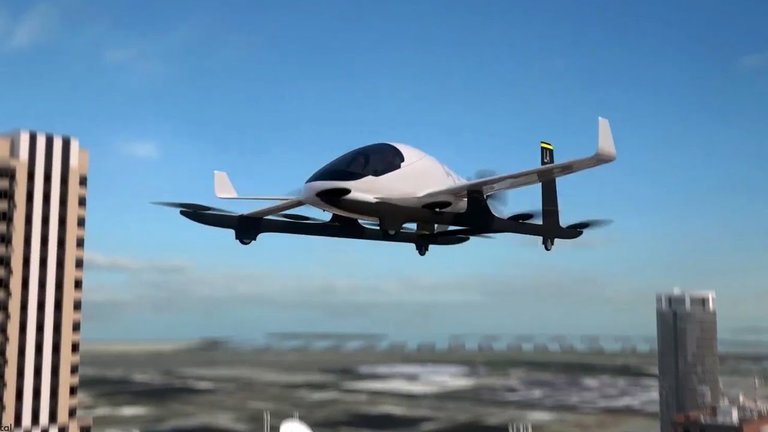
Uber Takes To The Skies
The future is here. For decades, visionaries have dreamed of flying cars and feasible air transportation. Now, this dream is becoming a reality. Every day, millions of hours are lost on the road globally. The average San Francisco resident lost 230 hours commuting between work and home in 2016; with a population of nearly 900K residents, that amounts to half a million hours of productivity wasted each day. The more time spent on commute means less time spent with family and friends, less time for self-improvement, and less time for leisure activities. A more substantial sum of money used on fuel can also lead to higher levels of stress which leads to elevated blood pressure levels.
Uber Technologies Inc., global transportation technology company, has found a solution to this problem. Vertical take-off and landing aircrafts commonly referred to as ‘VTOLs’ shall be made an affordable form of daily transportation for the lion’s share. It will even eventually be less expensive than the ownership of a car. Most individuals typically regard flying as a costly, and the often infrequent way to travel from one point to another. This might be due to the small number of plane manufacturers and how seldom they are seen (up close at least).

Picture of a vertical take-off and landing aircraft, commonly rffered to as a VTOL
Complications
Of course, as with any new technology, several challenges have presented themselves as this project has progressed. The most salient complications include trials about certification and economic issues. The issues ahead are considered the most crucial problems that must be solved to ensure the successful introduction of urban air transportation to the masses. The certification process is the first major problem — for VTOLs to operate in the USA, or any country in the world, they must meet the requirements set by the aviation authorities for said country. In the United States, they must meet the regulations of the US Federal Aviation Administration (FAA). Air traffic control is also very prominent, as it will undoubtedly occur that the surplus of aircrafts in the air will cause traffic issues and thus rules, or rather more rules (since some are already in place) will have to be drawn up for no chaos to ensue. Vehicle efficiency — no commercially viable aircraft has been made that suits the needs of this project.
Despite these barriers, Uber hopes to launch the project by in Los Angeles by 2020. It is incredible how far the world has come.
For more information...
Go to: https://www.uber.com/info/elevate/
There, you will see a promo video for what is coming. A much more detailed explanation of this operation (as this is clearly an overview on the subject) can be read in this PDF:
https://www.uber.com/elevate.pdf